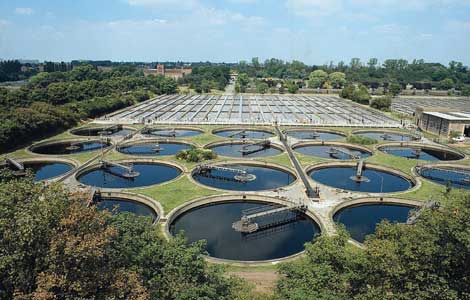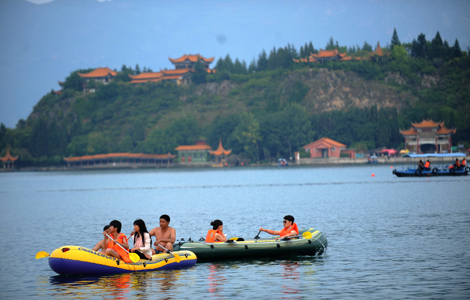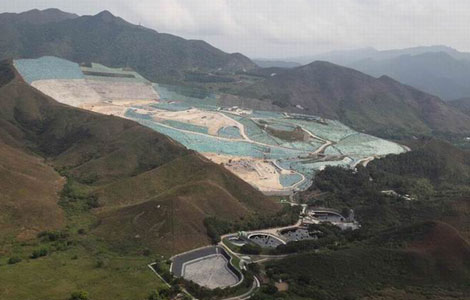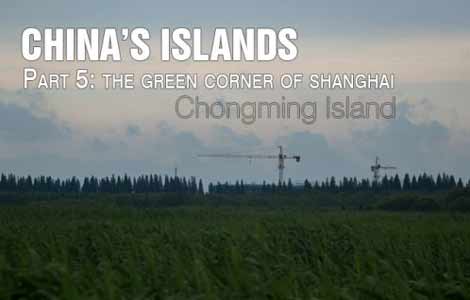China to upgrade tourism industry
Updated: 2013-09-29 17:32
(Xinhua)
|
||||||||
NANNING - He Yuhan feels both happy and disappointed while visiting Detian Waterfall on the China-Vietnam border, eleven years after her first visit. Back in 2002, the then 15-year-old girl traveled from Beijing to admire the breath-taking waterfall.
Located in Daxin county in south China's Guangxi Zhuang autonomous region, it is the biggest cross-border waterfall in Asia.
But the scenic area has not improved over the decade-long period, according to He, who thinks the local tourism industry is poor.
It took her more than three hours by bus to reach the destination after she arrived in Nanning, Guangxi's regional capital. It is exactly what happened a decade ago.
Adding to her disappointment was a lack of facilities such as restaurants and good resting areas, where the only visible change was retailers selling Vietnamese perfume.
"I could not find a good place to rest after more than two hours of walking and I had to go back to Daxin county to have supper, which is far from the scenic area," He said.
A Daxin government official, who did not want to be named, said the infrastructure for the county's tourism industry is failing to meet demand due to an under-developed economy and a lack of comprehensive management in the sector.
"Many tourists traveling on their own have to rent chartered buses in groups with ridiculously high prices to get to Detian Waterfall," said the official.
Li Yanqin, associate professor with the School of Management of Minzu University of China, said Daxin's problems are quite common, with many cities and scenic areas struggling to upgrade their tourism industry.
"Many places in China have not fully developed their tourism resources, which makes them less competitive among other counties and regions in the world," said Li.
ENVIRONMENTAL THREATS
Li said many places suffer from pollution and damage to cultural relics, caused by nature and mismanagement. "And in turn the problems are scaring tourists away," said Li.
In April, two days of gales resulted in almost 60 tons of garbage ending up onshore at Silver Beach, dubbed the country's No 1 beach, in southern China's coastal city of Beihai in Guangxi.
Alongside natural waste such as seashells, seaweed and dead crabs, rubbish dotted the site, turning the beach into a land of garbage.
Plastic bags, beer bottles, shattered glass and bamboo sticks used for barbecues were piled up in the middle and eastern areas of the beach because of southwestern monsoons. Local managers were left helpless.
But rubbish is just part of a broader picture.
Last year alone, an estimated 1,800 tons of garbage was found on the beach, according to Yin Fengzhang, environment management director with the Management Office of Beihai Silver Beach Tourist Area.
The local administration committee had garbage collectors cleaning the beach everyday. But the rubbish just kept coming, which tarnished the image of the city.
Beihai, however, is the epitome of many Chinese coastal cities struggling with similar problems, said Chen Changrong, director of the Policy, Regulation and Planning Section of Beihai's Oceanic Administration Bureau, who boasts 25 years of experience on maritime issues.
The country's 2012 report on maritime environment quality shows that floating chunks of rubbish on supervised waters off coastal cities averaged 17 pieces per kilometer in 2011, and the number more than doubled to 37 in 2012.

 Visible face of CIC investment
Visible face of CIC investment
 Up, up, Huawei finds new friends in Europe nations
Up, up, Huawei finds new friends in Europe nations
 Yuxi to shield Fuxian Lake by creating wetland area
Yuxi to shield Fuxian Lake by creating wetland area
 A man with passion for China
A man with passion for China
 American batman soars through Chinese mountain
American batman soars through Chinese mountain
 Kenya mourns victims of Westgate mall attack
Kenya mourns victims of Westgate mall attack
 Home schooling popular with Chinese parents
Home schooling popular with Chinese parents
 Royal Mint coins to mark Prince George christening
Royal Mint coins to mark Prince George christening
Most Viewed
Editor's Picks

|

|

|

|

|

|
Today's Top News
Japan, US kicks off 2nd round of TPP-related talks
Website launched to assist expat professionals
50 foreign experts honored with Friendship Awards
Academic warns Obama on Pacific policy
NSA mapping networks of citizens
Investing a nation's wealth wisely
Little-known now, but a big future
Shanghai opens free trade zone
US Weekly

|

|







